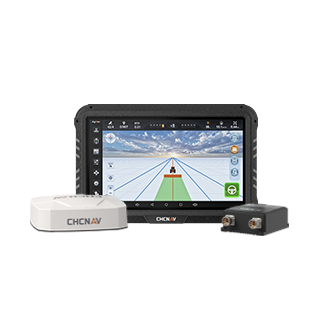Modern agriculture is undergoing a profound transformation driven by the seamless integration of cutting-edge technologies. From automated machinery to sophisticated data analytics, these advancements bring unprecedented efficiency and convenience to farming practices. Among all innovations, ISOBUS, a standardized communication protocol, plays a unique and pivotal role in streamlining agricultural operations. But what is ISOBUS, and how is it revolutionizing the way we farm? CHCNAV will delve deep into the intricacies of ISOBUS on this page for you. Together, we will explore its components, benefits, challenges, and the exciting solutions offered by CHCNAV.
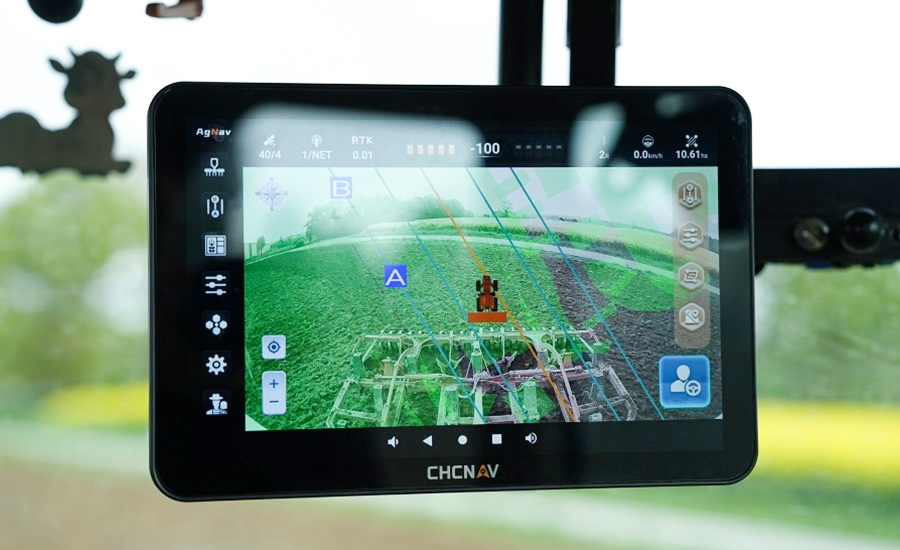
What is ISOBUS?
1. What does ISOBUS stand for?
ISOBUS, referring to the ISO 11783 standard, is an international standard that defines a digital communication network for agricultural machinery.It serves as a universal language that allows tractors, implements (such as planters, sprayers, and harvesters), and displays from different manufacturers to communicate and work together harmoniously.
Before ISOBUS, connecting implements from one brand to a tractor of another often required proprietary cables, connectors, and software, leading to compatibility headaches and operational inefficiencies.ISOBUS eliminates these barriers by providing a standardized interface. This enhances interoperability, simplifies control and management, and facilitates data collection and analysis, ultimately driving the efficiency and sustainability of modern farming operations.
2. Key Components of ISOBUS
- Universal Terminal (UT)/ Virtual Terminal (VT): The UT or VT is a standardized display interface, typically located in the tractor cab. It displays information about the tractor and the attached implement and allows operators to control any ISOBUS-compatible implement, regardless of brand, eliminating the need for multiple displays.
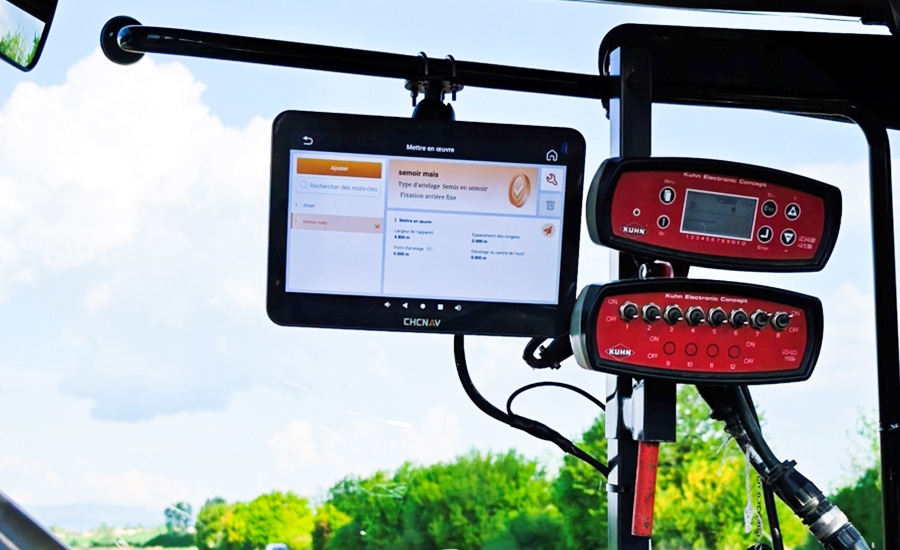
- Task Controller (TC): The TC is responsible for managing and recording field operations. It facilitates the exchange of data between the UT and the implement, enabling functionalities like variable rate application and job recording. There are different levels of Task Controller functionality:
- Task Controller Basic (TC-BAS): Records comprehensive equipment statistics, including overall working duration and total distance covered.Supports ISOXML file read/write capabilities, enabling the management of various operational data, which includes historical track data, field boundaries, equipment work data, and navigation lines.
- Task Controller Section Control (TC-SC): Automates the switching on/off of implement sections (e.g., sprayers), minimizing overlap and reducing input waste.
- Task Controller Geo-based (TC-GEO): Integrates GPS and prescription maps to enable variable rate application and precise field management based on geo-referenced data.
- Auxiliary Control (AUX): AUX refers to auxiliary devices, such as joysticks, which provide additional control functions for complex implements, further simplifying operator tasks. It should be noted that the new version (AUX-N) and the old version (AUX-O) are not compatible with each other.
The Role of ISOBUS in Precision Agriculture
1. Enhancing Interoperability
ISOBUS fosters seamless interoperability between agricultural machinery from different manufacturers. This "plug-and-play" capability eliminates the limitations of proprietary systems, allowing farmers to choose the best-suited equipment without worrying about compatibility issues. This freedom of choice can lead to more efficient and cost-effective farming operations.
2. Simplifying Control and Management
By providing a single universal terminal for controlling multiple implements, ISOBUS significantly simplifies the operator's task. No longer do they need to juggle multiple screens and control boxes. The intuitive interface of the UT provides a centralized point of access for monitoring and adjusting implement parameters, reducing complexity and the potential for errors. Furthermore, the Task Controller automates many aspects of field operations, reducing operator fatigue and improving overall efficiency.
3. Data Collection and Analysis
Better, ISOBUS facilitates the seamless collection and transfer of valuable data related to field operations. Information such as application rates, seeding density, yield data, and machine performance can be recorded and transferred to farm management software for analysis. This data-driven approach empowers farmers to make more informed decisions regarding input management, resource allocation, and overall farm optimization, leading to increased productivity and sustainability.
Benefits of ISOBUS in Precision Agriculture
Overall, by utilizing ISOBUS, you can enjoy at least the following 5 benefits.
- Increased Efficiency: Streamlined operations, reduced setup times, and automated control through ISOBUS directly contribute to increased efficiency in the field. Operators can manage tasks more effectively, covering more ground in less time.
- Cost Reduction: Precise application of inputs (seeds, fertilizers, pesticides) enabled by ISOBUS features like Section Control and variable rate application minimizes waste, leading to significant cost savings on input materials. Reduced fuel consumption due to optimized operations also contributes to lower operational costs.
- Improved Accuracy: Automated control and precise data management through ISOBUS minimize human error and ensure greater accuracy across farming tasks, from planting to harvesting. This contributes to more consistent and predictable outcomes.
- Enhanced Decision-Making: Real-time data collection and integration with farm management software enable data-driven decisions. By analyzing these data, farmers can make informed decisions regarding resource allocation, crop management strategies, and long-term farm planning.
- Ease of Use: The standardized interface of the Universal Terminal simplifies the operation of complex machinery. Operators can quickly learn and manage different ISOBUS-compatible implements, reducing the learning curve associated with new equipment.
Challenges and Considerations When Using ISOBUS
While the benefits of ISOBUS are substantial, it should be noted that there are challenges and considerations associated with its adoption:
- Initial Investment Costs: Implementing ISOBUS may require an initial investment in compatible tractors, implements, and displays. The upside is that the long-term cost savings can often outweigh this initial outlay.
- Compatibility Issues: While ISOBUS aims for universal compatibility, older equipment may not fully support the standard. Solutions include using retrofit kits or working with integrators to bridge compatibility gaps.
- Tractor Automatic Steering Accuracy Requirement: To fully leverage the benefits of advanced ISOBUS features, a high level of accuracy in the tractor's automatic steering system is often required. Inaccurate steering can negate the precision offered by ISOBUS implement control.
- Technical Training: While ISOBUS simplifies operations in the long run, initial technical training is necessary for operators to understand and effectively utilize the system's functionalities. You need to be proficient in navigating the Universal Terminal and interpreting the data provided.
CHCNAV's ISOBUS-Compliant Auto-Steering Solutions
CHCNAV offers advanced auto-steering systems that are ISOBUS-compliant, designed to maximize the benefits of precision agriculture:
- CHCNAV NX612 Automated Steering System: The NX612 auto-steering system supports ISOBUS UT, AUX-N, TC-BAS, TC-SC, and TC-GEO. It enables the full potential of ISOBUS by offering industry-leading positioning accuracy down to ±2.5 cm, even in remote areas.Its reliable performance is guaranteed by supporting multiple GNSS and PPP modes, including SPP, DGPS, RTK, E-PPP, H-PPP, and SkyTriX("SkyTriX has now been renamed to PointSky."). Additionally, it is a versatile kit compatible with a variety of farm vehicles, such as front-wheel steer, rear-wheel steer, tracked vehicles, rice transplanters, and more.
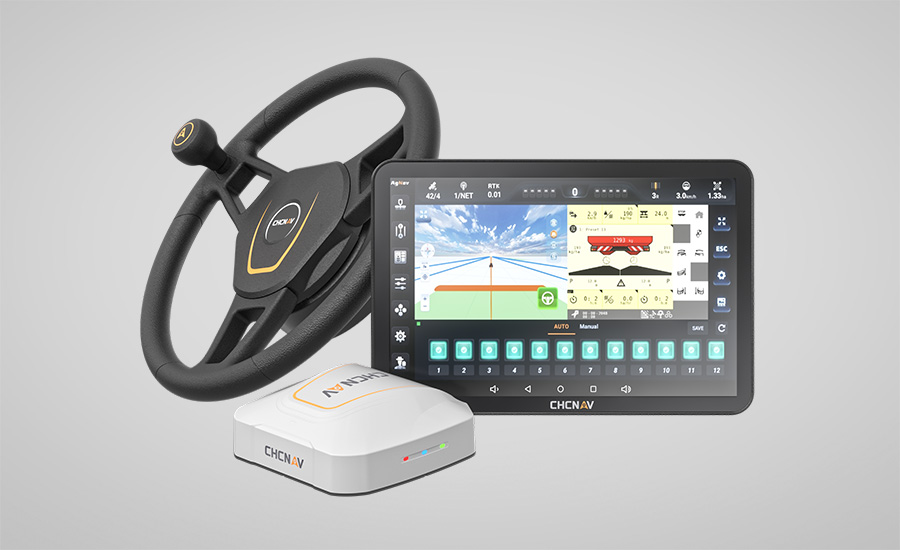
- CHCNAV NX510 Steer Ready System: The NX510 steer ready system supports ISOBUS VT, TC-BAS, TC-SC, and TC-GEO. Similar to the NX612, the NX510 leverages multiple GNSS constellations and offers high-precision operations with an accuracy of up to 2.5 cm.Furthermore, it broadens its compatibility and user base by supporting both PWM and CANBUS technologies. By consolidating all controls into a single display, it supports various agricultural applications, from tillage and seeding to spraying and harvesting.
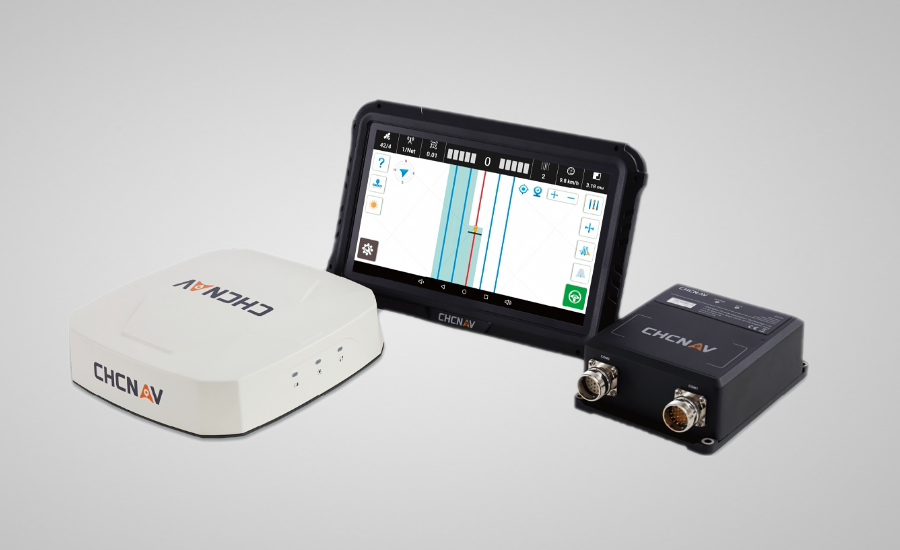
Conclusion
What is ISOBUS in precision agriculture? It has become an essential component of precision agriculture, enabling seamless communication, greater efficiency, and smarter farm management. By standardizing how tractors and implements interact, ISOBUS empowers farmers to adopt the latest technologies, reduce costs, and increase yields.
CHCNAV offers ISOBUS-compliant auto-steering solutions, like the NX612 and NX510 Steer Ready. We are at the forefront of this transformation, providing robust, user-friendly systems that make precision agriculture accessible and profitable for farms of all sizes.To discover how CHCNAV can elevate your operation, explore our products and get in touch for a tailored consultation!
FAQs About ISOBUS
1. How does ISOBUS work on a tractor?
ISOBUS connects the tractor and implements via a standardized connector and communication protocol. The Universal Terminal in the cab serves as the operator interface, while electronic control units on the tractor and implements exchange data and commands, enabling seamless control and monitoring of all ISOBUS-compatible equipment.
2. ISOBUS vs. CANBUS: what's the difference?
While both are communication protocols, CANBUS is a general-purpose vehicle network for data transmission and error checking. ISOBUS is built on CANBUS but adds agriculture-specific features, such as standardized user interfaces (UT), task controllers, and implement-specific messaging, making it the preferred choice for modern precision agriculture applications.
|
Feature
|
CANBUS
|
ISOBUS
|
|
Application
|
General vehicle communication
|
Agriculture-specific interoperability
|
|
User Interface
|
Not standardized
|
Universal terminal (UT) for all implements
|
|
Complexity
|
Basic data transmission
|
Advanced task control, section control, etc.
|
____
About CHC Navigation
CHC Navigation (CHCNAV) develops advanced mapping, navigation and positioning solutions designed to increase productivity and efficiency. Serving industries such as geospatial, agriculture, construction and autonomy, CHCNAV delivers innovative technologies that empower professionals and drive industry advancement. With a global presence spanning over 140 countries and a team of more than 2,000 professionals, CHC Navigation is recognized as a leader in the geospatial industry and beyond. For more information about CHC Navigation [Huace:300627.SZ], please visit: www.chcnav.com






